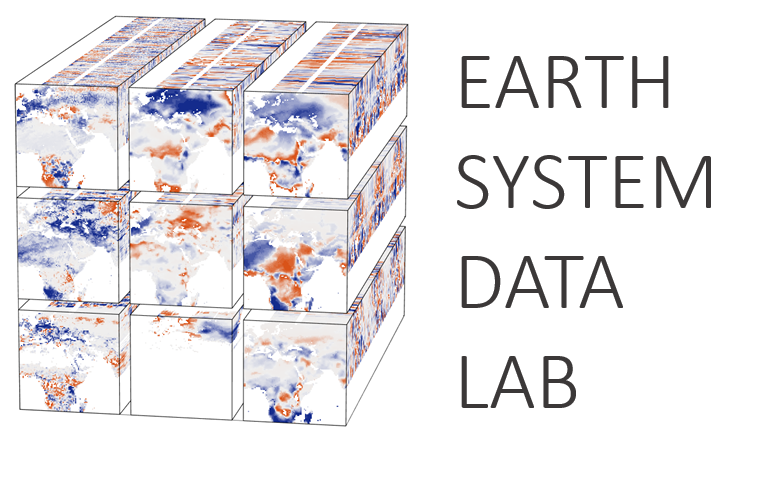MDI: Biogeochemical Model Optimization
Background
Earth System Models (ESMs) are the backbone for projecting the effects of climate change into the future. The substantial divergence between ESMs on the response of the terrestrial ecosystems to projected changes in climate, and its consequent feedback into the atmosphere, reflects how elusive it is to harvest the present information content in global observations to constrain model behaviour at longer timescales. Towards achieving such goal, a first key element is to build a suitable model-data integration framework for both terrestrial and ocean biogeochemical components of such Earth system models. Today such model-data integration studies can be very effectively implemented given the novel computational paradigms put forward by e.g. the Julia language. The objective here is to establish a proof-of-concept by using the Data Analytics Toolkit (DAT) developed in CAB-LAB and the ESDC to invert the parameters of an ecosystem model that can be used for carbon cycle diagnostics.
Objectives
- Build an ESDC for both driving and constraining a terrestrial carbon model, including high quality meteorological variables, remote sensing retrievals of vegetation biophysical properties (e.g. LAI, FPAR), land cover, vegetation and soil carbon stocks.
- Expand the DAT to include the necessary optimization tools.
- To showcase a proof-of-concept by inverting a simple ecosystem model against observations within the DAT and ESDC, such that essential parameters can be effectively estimated
User partners
- Model-Data Integration group at the MPI-BGC led by Dr. Nuno Carvalhais.
- Other interested users form the Earth Science community
User community
- Earth System Scientists, modellers and data scientists.
- Groups interested in global carbon cycling and carbon budgets, managers.
- Terrestrial ecosystems, agriculture and forestry modelling communities.
Outcomes
- An extension of the ESDC with maps of derived and interpretable parameters at global scale.
- A DAT framework for model-data integration purposes.
- Scientific publications in that context.


